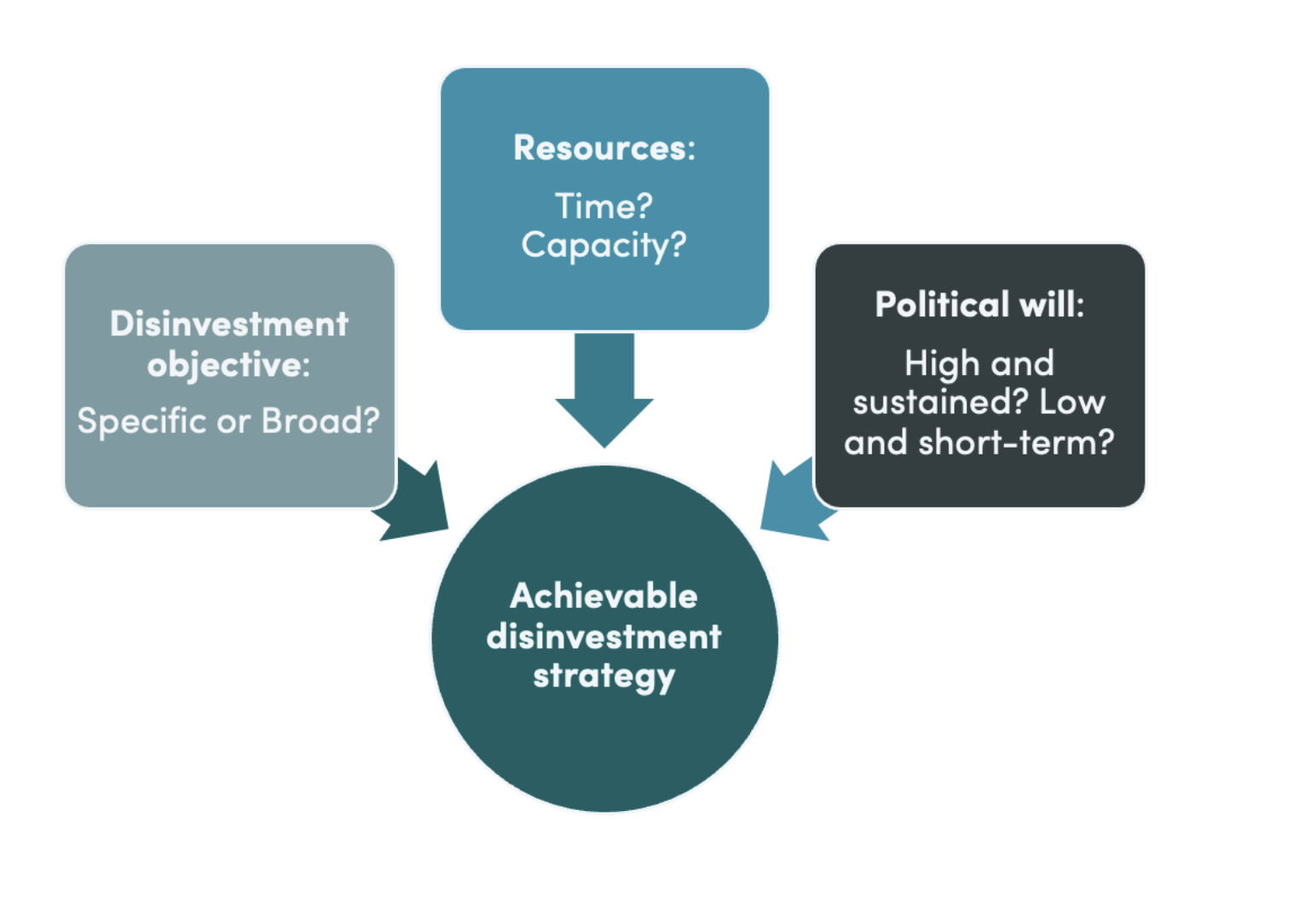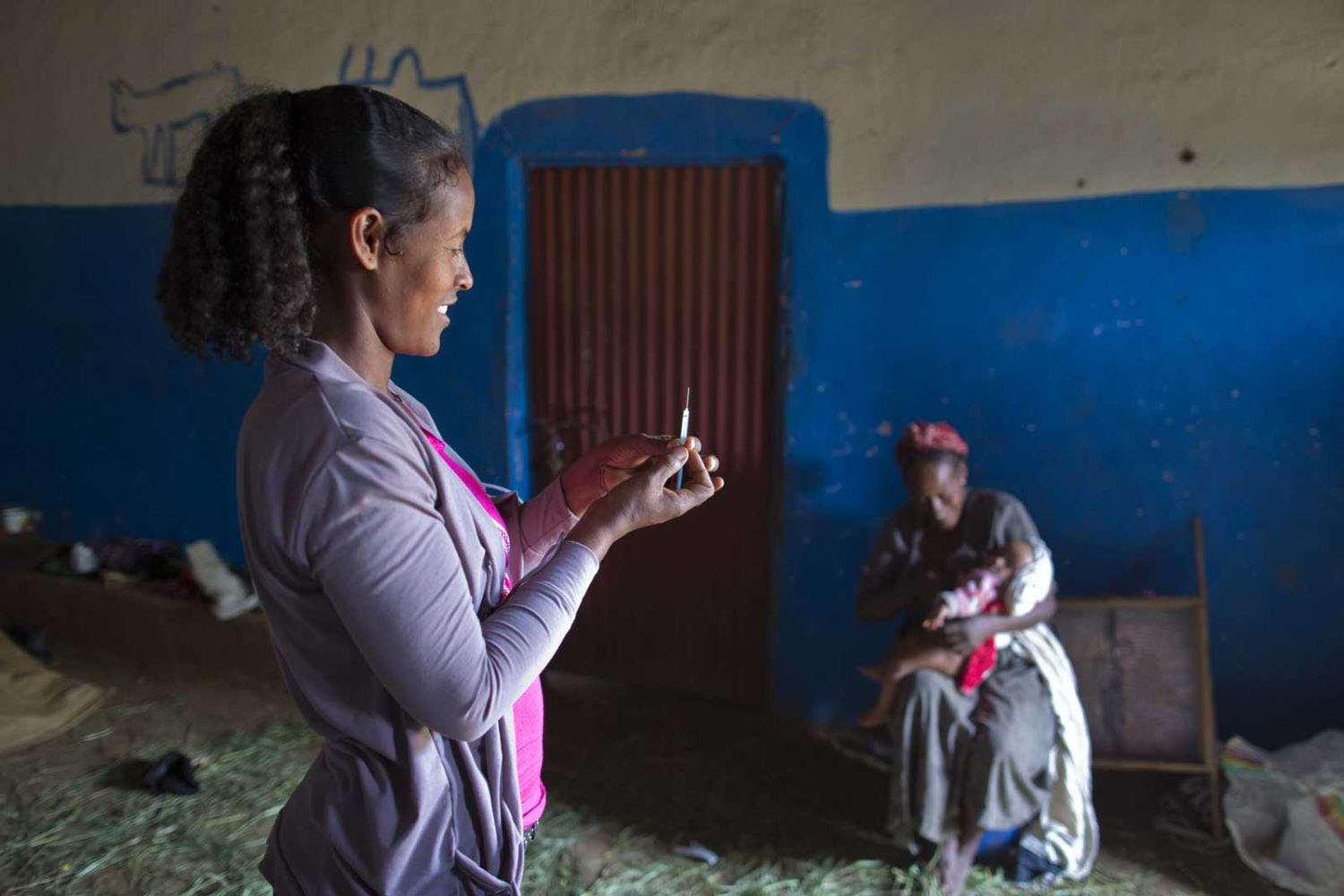The global health sector is notorious for requiring a laundry list of indicators to monitor and evaluate programs. A recent report on the burden of indicators and reporting for health quantifies the extent of the problem; some countries are requested to report on as many as 600 indicators (and this is the conservative estimate).
These data requirements are a double-edged sword. On the one hand, rigorous monitoring and evaluation is critical to ensuring health programs reach those most in need and have the desired impact. On the other hand, it puts a tremendous burden on countries and may lead to poor quality data, which undermines these efforts overall.
So where’s the middle ground? The report suggests donors implement three strategies: agree on a limited set of core indicators, align reporting with national monitoring and evaluation plans, and make joint investments in countries’ information systems.
Certainly streamlining reporting requirements would create efficiencies around data collection and reporting, and reflects our recommendation to the Global Fund as part of our More Health for the Money work. But recommendations two and three suggest that the way forward goes well beyond limiting the number of indicators required, and instead involves reconsidering how donors and governments relate to each other and to the data that interest them.
Current funding for national statistical systems is inadequate and structured in ways that don’t help produce and disclose accurate, timely, and relevant data -- particularly on some of the most basic health statistics, like births and deaths (see here and here). Donor funding for data is less than 2 percent of total official development assistance, quite unpredictable, and governments aren’t making up the difference. In general, donors have invested a great deal in household surveys and very little in the administrative data systems that will necessarily inform the day-to-day decision-making on resource allocation and implementation strategy by governments. In spite of the predominance of donor funding, only 56 percent of household surveys in Africa are accessible to the public, and administrative data is even more scarce in the public domain.
To deal with these issues, our upcoming Data for African Development Working Group report – undertaken jointly with the African Population Health and Research Centre – calls for donors and governments to fund data more and differently, and offers two strategies that could help streamline reporting requirements and strengthen national statistical systems:
1) Reduce donor dependency. Since most of non-salary expenses of national statistics offices and sectoral information systems are covered by donors intermittently, African governments should allocate more domestic funding to their statistical systems – to smooth spending, maintain teams and enhance independence. Ideally, governments would allocate a significant share of the required funding barring unusual fiscal or other demands in a particular year. Where more creative mechanisms are needed, governments might consider routine allocation of a share of sectoral spending to be tied to national strategies for the development of statistics (NSDS) activities—1 percent for data, for example, or a “data surcharge” added to any donor project to fund the public good of data building blocks.
2) Mobilize more donor funding and mutual accountability through government-donor compacts, and experiment with pay-for-performance agreements. Governments should press for more donor funding of national statistical systems, using a funding modality that creates incentives for greater progress and investment in “good data.” To start, governments and the donors could create country-specific “data compact” that would provide a structure to express intent to fund core data such as vital statistics and coordinate efforts around a core set of indicators. A pay-for-performance agreement could link funding directly to progress on improving the coverage, accuracy and openness of core statistical products, that could be assessed using household surveys or other verification mechanisms.
Developments around the nascent Post-2015 Data Revolution provide a great opportunity to explore these strategies further and identify concrete ways to put them into practice. Our data report will be released on July 8, and we welcome new and better suggestions on how governments and donors might collectively move sensible recommendations to practice.
CGD blog posts reflect the views of the authors, drawing on prior research and experience in their areas of expertise.
CGD is a nonpartisan, independent organization and does not take institutional positions.





